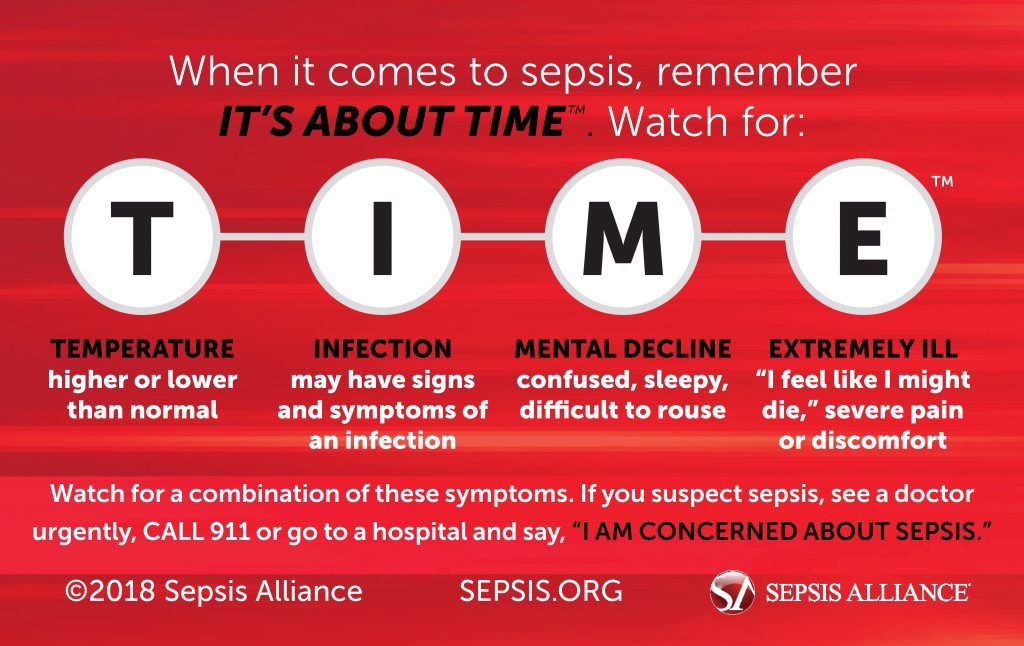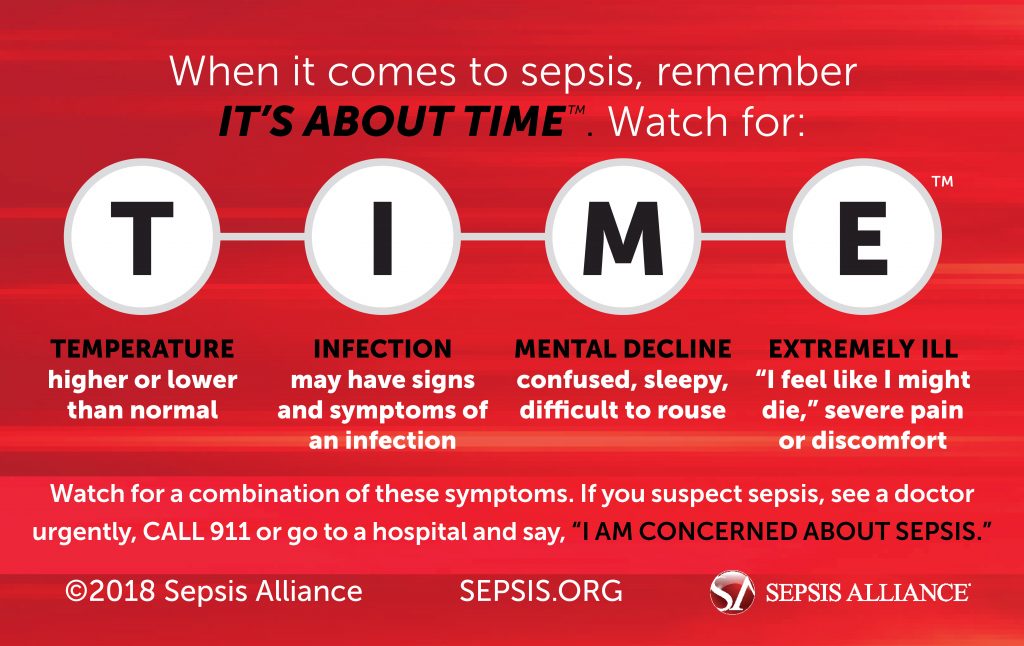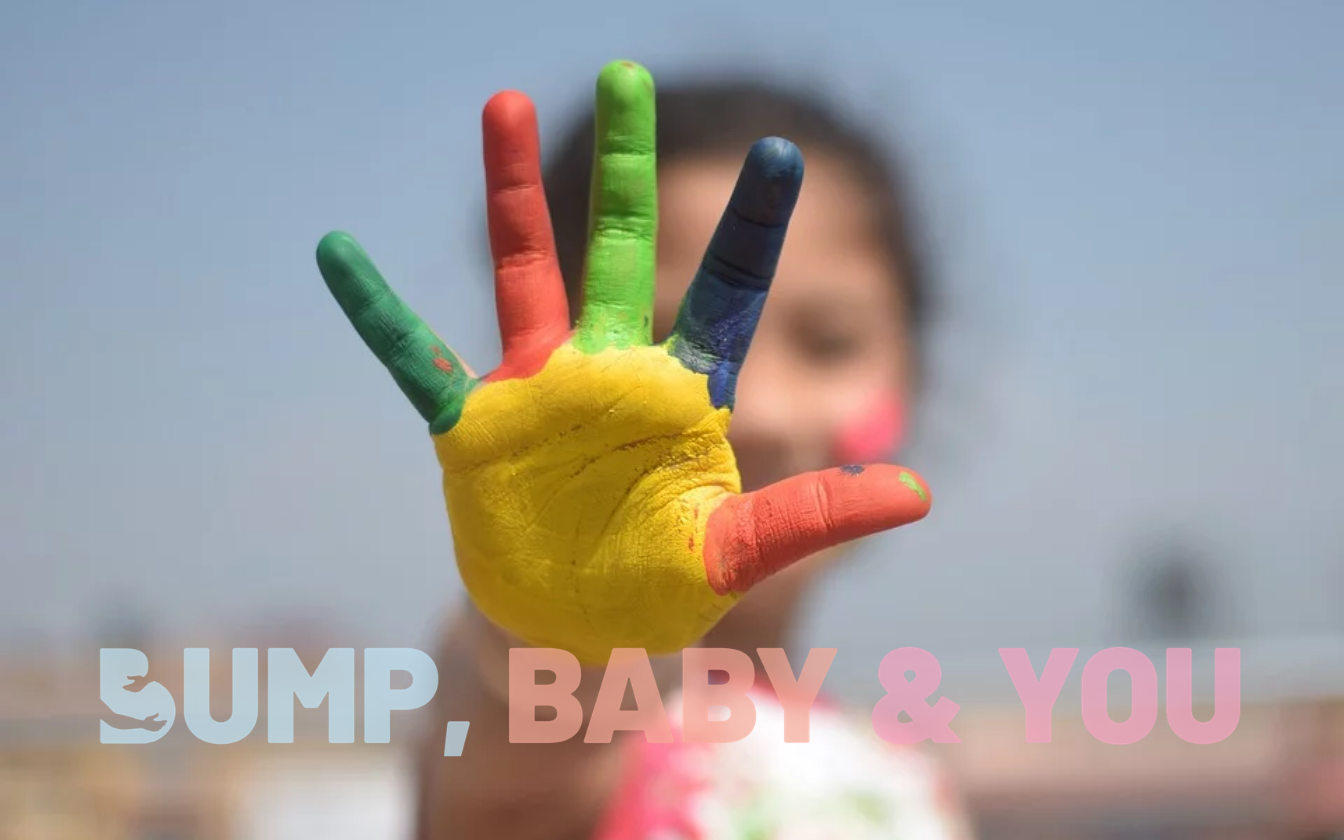

Sepsis was once a little known and misunderstood condition, but we’re glad to say that sepsis awareness has improved dramatically in recent years.
However, there are some who are still unfamiliar with the signs and symptoms to watch out for in both themselves and their little ones. Sepsis is a fairly uncommon reaction to an infection, and it can be devastating, quickly causing irreversible damage or even death, so we think it’s really important for us to share this information with our fabulous followers to help you to protect yourselves and your loved one. We’ve used NHS resources to make sure we deliver the BEST and safest advice.
Firstly, what are the symptoms of sepsis in babies and children?
Please head straight to A&E or call 999 if your little one has any of these symptoms:
- looks mottled/blue tinged or pale.
- is very lethargic (sleepy) or difficult to rouse.
- feels unusually cold to touch.
- is breathing very quickly.
- has a rash that does not fade when you apply pressure to it.
- has a fit or convulsion.
When to get urgent medical advice from NHS 111
If your baby or young child has any of the symptoms below, is getting worse or is poorlier than you’d expect (even if their temperature subsides), seek medical advice urgently from NHS 111. Trust your gut instinct! The NHS has listed the following symptoms;
Temperature
- a temperature over 38C in babies under 3 months
- a temperature over 39C in babies aged 3 to 6 months
- any high temperature in a child who cannot be encouraged to show interest in anything
- a low temperature (below 36C – check 3 times in a 10-minute period)
Breathing
- finding it much harder to breathe than normal – looks laboured and harder than usual
- making “grunting” noises with every breath they take
- cannot say more than a few words at once (if they can talk)
- breathing that obviously “pauses”
Toilet/nappies
- not had a wet nappy for 12 hours, or a wee on the toilet/potty
Eating and drinking
- new baby under 1 month old with no interest in taking a feed
- not drinking for more than 8 hours (when awake)
- bile-stained (green), bloody or black vomit
Activity and body
- the fontanelle (soft spot) on a baby’s head is bulging
- eyes look “sunken”
- baby/child cannot be encouraged to show interest in anything you show them
- baby is floppy/limo
- weak, “whining” or continuous crying in a younger child
- older child who’s confused/disorientated
- not responding or very irritable to stimuli
- stiff neck, especially when trying to look up and down
What are the symptoms of sepsis in adults and older children?
Early symptoms
Early symptoms of sepsis in adults and older children may involve:
- a high temperature or a low body temperature
- chills and shivering
- an unusually fast heartbeat
- problems or changes to your breathing
- feeling or acting differently from normal – you may not feel yourself
Many of the symptoms of sepsis are also associated with meningitis.
The first symptoms of meningitis can be read about here.
What is septic shock?
In some cases of more severe sepsis, sometimes referred to as septic shock, your blood pressure may drop to a dangerously low level.
Symptoms can include:
- feeling dizzy or faint
- a change in mental state (confusion)
- diarrhoea
- nausea and vomiting
- slurring speech
- severe muscle pain and aches
- severe breathlessness
- less wee than usual
- cold, clammy and pale or mottled skin
- loss of consciousness
What should I do if I suspect sepsis?
This acronym from the Sepsis Alliance is excellent; of course, call 999 and not 911 as it’s an American source, but the principle remains the same. There are times when it’s worth reminding medical staff to consider sepsis, especially if no one seems sure why you or your child are unwell.

If you’ve recently had an injury or infection you must seek medical advice urgently from NHS 111, and if you meet the criteria for suspected sepsis, you’ll most likely be referred to hospital for further diagnosis and treatment.
Severe sepsis and septic shock are medical emergencies. If you think you or your child has one of these conditions, go straight to A&E or call 999.
We hope that this information has helped you. Email [email protected] if you have a sepsis awareness story that you’d like to share with us.



.png)






.jpg)




